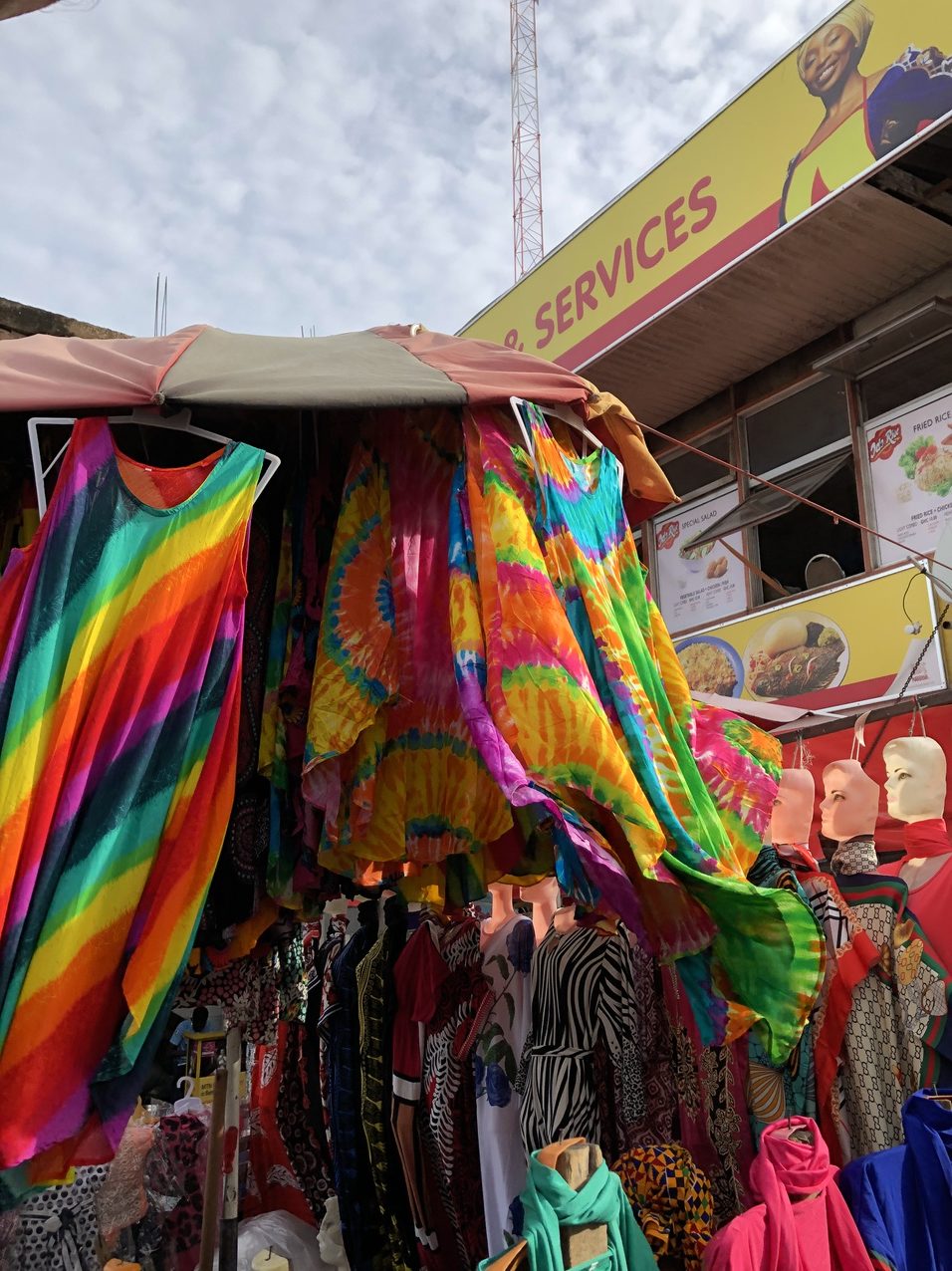http://youtu.be/iPbwxUqiXaw
ABRAFO, Ghana – Birds of red, black, gold and orange flit from branch to branch, chasing each other through the trees. Leaves rustle, branches sway, and fan-like palm fronds wave in the breeze. Flying insects whiz by, humming, as butterflies float effortlessly before settling in the treetops. Above them visitors to Kakum National Park teeter along a swaying walkway of steel, wood, and rope, suspended 100 feet off the ground.
Twenty miles north of Cape Coast in Ghana’s Central Region grows an island of trees in a sea of villages and farmland. Kakum National Park is a 140 square foot remnant of a 400,000 square foot tropical rainforest than once spanned West Africa. Considered to be sacred to the locals, Kakum became the first Ghanaian national park created by local initiative and not the State Department. It has become the best protected and most visited national park in Ghana.
In 1995, with the help of Canadian and Ghanaian engineers, the park opened the only canopy walkway in Africa. This 1,080 foot long walkway offers a unique birds eye view of the forest with a shot of adrenaline as the suspended walkway sways in the breeze. After the completion of the walkway, the number of visitors jumped from 2,000 in 1992 to 27,000 in 1996. According to the U.S. Agency for Foreign Development, the numbers have continued to grow as visitation reached 140,000 in 2010.
“The scenery is great. You get to take a really good look above the tree level at all of the forestry,” said Vanessa Thomas, a 25 year-old tourist from Houston, Texas. “I must say it was very, very scary because I don’t like heights and when you’re standing at the top and you’re looking down and you see all the trees…” She trailed off with a shudder.
“If you choose the canopy walk, we know you’ve chosen to come here to have fun,” said Mary Nkrumah, a revenue collector and former tour guide. The canopy walk is by far the most popular attraction, but the park offers educational tours, hikes, and even an overnight stay in a tree house.
“I would like everyone to take the natural tour. We want visitors to come here to learn about the trees, the medicinal proposes, the culture.” She explained it’s important for visitors to learn about conservation and respect for the forest. “Poaching is a problem. We Ghanaians like more bush meat in our soup. Some of the animals are vanishing from the system. We need to protect them.”
Leading to the canopy walk, a path is worn smooth in the dirt, compressed by countless feet. While dodging gnarled tree roots, low hanging tree branches, and swinging vines a local guide enhances the hike by pointing out various flora and fauna, explaining how the rainforest has met local practical and cultural needs for centuries. Ben, a tour guide at Kakum and a self described botanist, explained how leaves were bound to create roofing tiles and locals would transform Kuntan bark into fabric. Guides can also identify animal tracks along the pathways and tell if recently a forest elephant has passed through, scratching its back on the tree bark.

